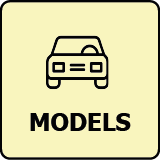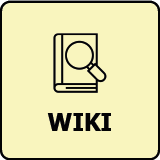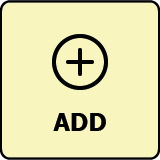Model:
Maker:
Brand:
Model year:
Component:
Crash:
Complaint’s year:
Description:
The HVBJB failed on my 2024 Ford Mustang Mach-e. I first noticed a dashboard warning regarding a powertrain malfunction when I tried to start the car about a half-hour after we returned home from an approximately 170-mile drive five days ago. The warning said it was a powertrain malfunction and to get service soon. The car started an hour later and I was able to drive it to the Ford Service center where I bought the new car only last June. There they diagnosed the problem with this language: ‘HV JUNCTION BOX – FOUND P0AA1:68 AND P0AA1:00 TO BE HARD SET AND THE TO BE IN LIMP MODE. NEED TO REPLACE HV JUNCTION BOX ( 414-03A PPT P4 ) AND RETEST ALL MODULES. WILL NEED MORE TIME AFTER REPAIR TO TEST ALL SYSTEM. MEY NEED TO TAKE APART HV BATTERY AGIAN…’ The service people told me that they need to keep the car for two weeks to replace the part and conduct follow-up tests. I know that the failed component has been the subject of two past recalls (2022, 2023) of the 2020-2022 model years for the Mach-e. The first recall resulted in Ford’s attempt at a software fix, while the second required replacing the HVBJB in cars in which the software fix proved insufficient, presumably because the part had already been damaged before the fix and later failed under heat stress. Based on my experience this week it seems clear that neither recall resulted in Ford fixing the underlying problem with the part. Importantly, Ford says the part is subject to failure from overheating when drivers too often use high speed chargers (DC) or too often employ maximum acceleration. This admission contradicts Ford’s own marketing of the car, which emphasizes its sportiness and fast acceleration, and its compatibility (with an adapter) with Tesla’s large national network of superchargers. So the nature of the failing part is apparently wholly incompatible with what attracts many buyers to the car. Can NHTSA require Ford to make the necessary engineering fix to the part?













